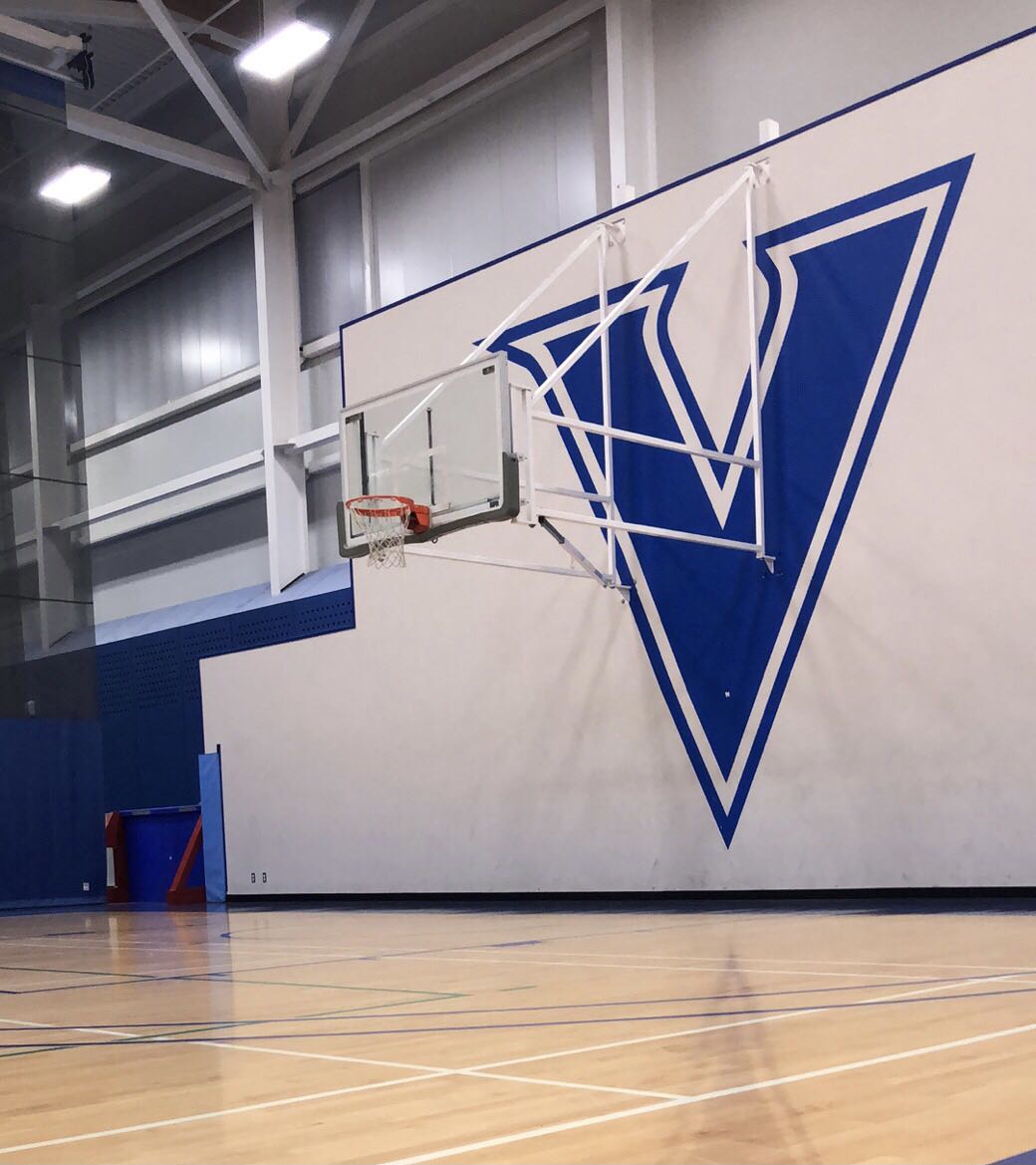I learn from both my visitor and resident PLN mainly through texts, images and short videos. Through intuitional social media, I can learn structured knowledge, communicate with peers and create blog posts to share my ideas. Personal social media, on the other hand, help me mainly learn from friends and gain knowledge while I am relaxing.
I like to watch and listen more than speak. As a result, my PLN has a variety of voices. I could say that institutional help me to learn vertically where I can dig knowledge for one specific area deeply. Personal PLN, on the other hand, develops my knowledge horizontally, and I can learn from friends with different experiences, age and major. That is, I consider my PLN has lots of variety.
I am a person who likes to make new friends. Consequently, I participate in both similar themes and wide-range of interests. For similar themes, I could create content, agree or disagree with others’ opinions and participate in discussions. I might ask questions or be a good listener in wider-ranges of topics since I am not an expert in the area.
To broaden my views of inclusion, I could use a visitor continuum to gather information and different opinions. For example, I can check government websites to see if there are any policies that facilitate inclusion learning. I can also view other’s blog posts to gain insights. Moreover, I can use resident accounts to exchange ideas with others, and I could also talk to people who need these assistances directly to understand how to include them in a study.
The learning outcome of inclusion is to understand what inclusion is and be able to design a learning material that could include a type of learner with difficulties. To ensure the learning material can include everyone, we can examine the learning material. For example, if the learning is designed to include blind people, cover eyes to experience their life and use the learning material can help to determine whether the material is inclusive or not.
Before I review Moore’s work, I believe inclusion is to include people who are different, which is exactly the same as the picture C Moore shows (Moore, 2017). However, it is clear that everyone is a unique and special individual, and inclusion is to include everyone. Moreover, education is not a factory; Inclusion is to value the characteristics of diversity and not try to homogenize differences. People should not be forced to be someone else because of competitions, comparisons and expectations.
References
Moore, S. (2017). One without the other : Stories of unity through diversity and inclusion. ProQuest Ebook Central https://ebookcentral-proquest- com.ezproxy.library.uvic.ca
